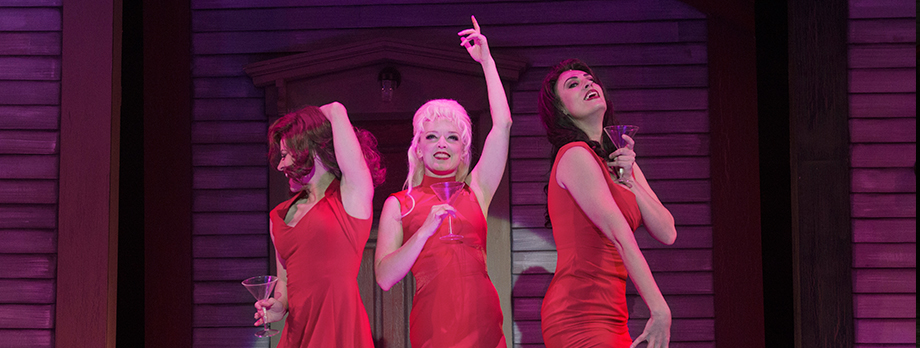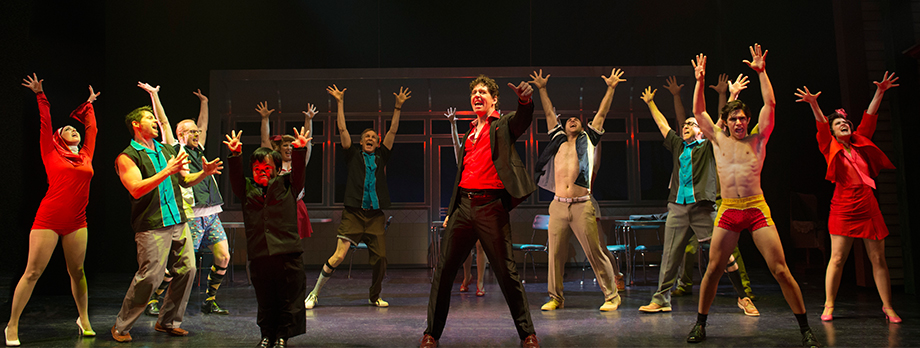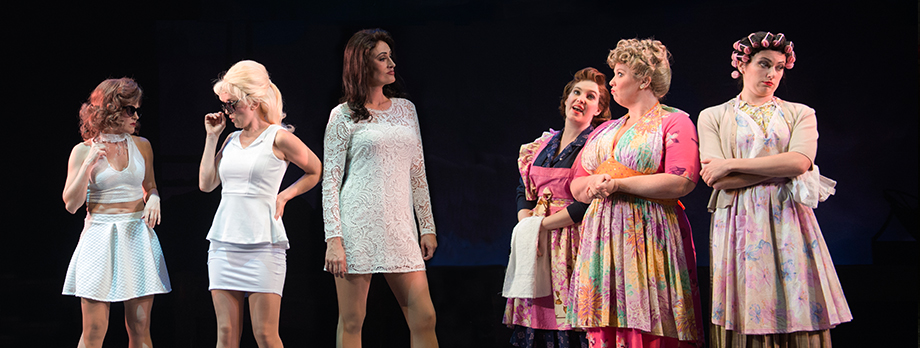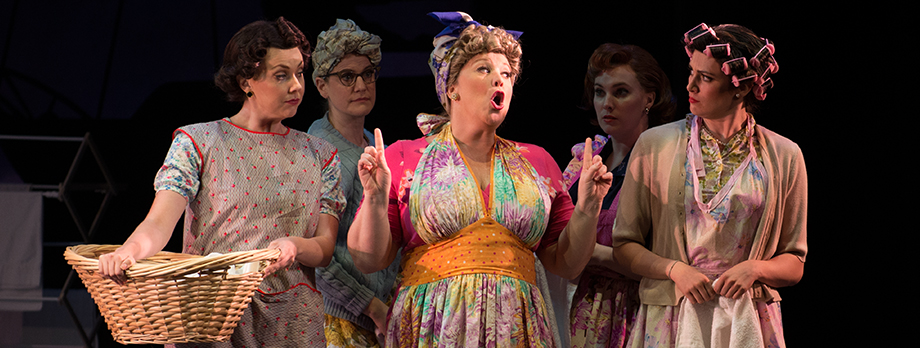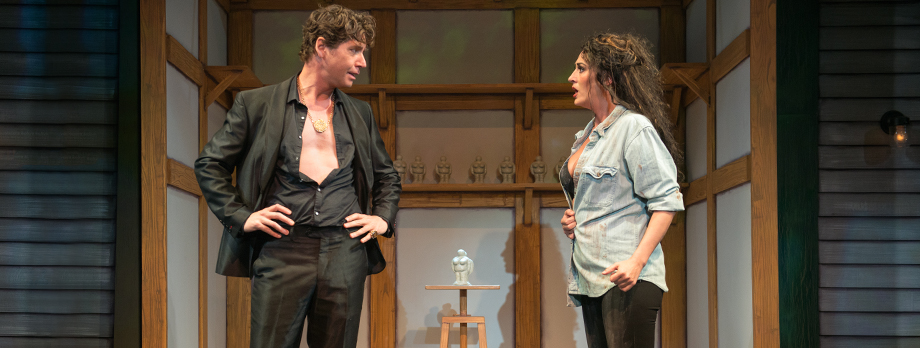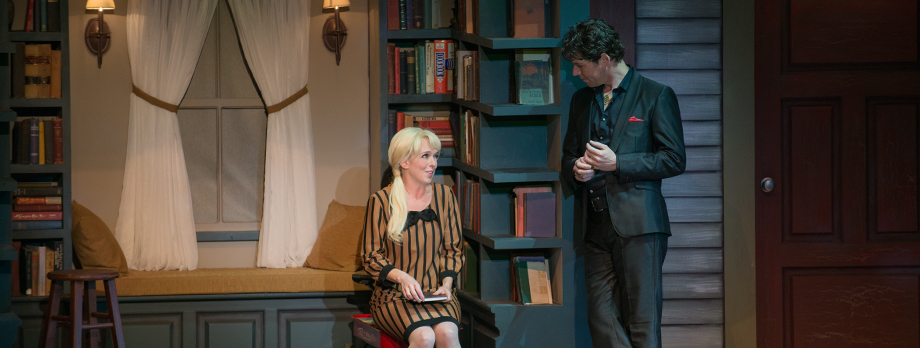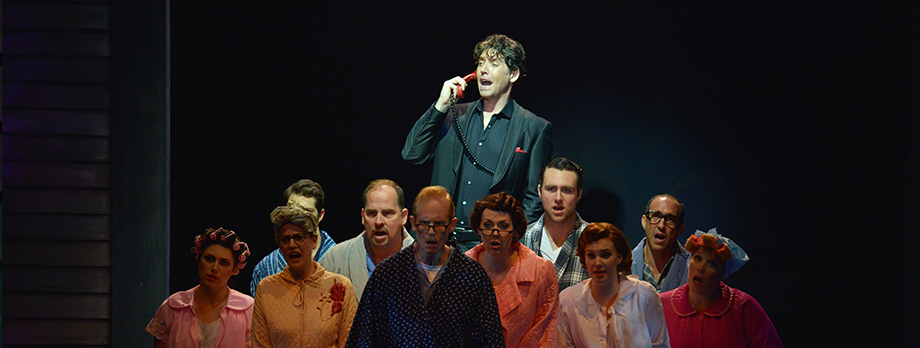about
Witches Come Home
Much of ''The Witches of Eastwick'' is satire, some of it literary playfulness and some plain bitchery... What a culture has to say about witchcraft, whether in jest or in earnest, has a lot to do with its views of sexuality and power, and especially with the apportioning of powers between the sexes. The witches were burned not because they were pitied but because they were feared, stated Margaret Atwood in her New York Times review of American author John Updike’s novel.
John Updike wrote his highly regarded 1984 novel that takes place in the fictional town of Eastwick, Rhode Island during the late 1960s at the height of the American sexual revolution when women were experiencing new freedoms in regards to social mores, allowing them to take more control over their own sexual behavior. He was living in Ipswich, Massachusetts at the time, near the site of the infamous witch trials. During the 17th century over 150 people throughout New England, most of them women, many of whom were midwives, were accused of witchcraft, arrested and imprisoned at Salem, Ipswich and Andover in the Puritanical Massachusetts Bay Colony. Ultimately, fourteen women and five men were hanged, and five more of the accused died while in prison. As written in his novel, according to one critic, the idea of sexuality as a kind of witchcraft is pitched as an ironic exaggeration of a small town's fear of liberated women.
After writing “Rabbit Is Rich,” (one of the several sequels to “Rabbit, Run”) which won the National Book Award, the National Book Critics Circle Award, and the Pulitzer Prize for Fiction, Updike published “The Witches of Eastwick.” He described it as an attempt to "make things right” with his feminist literary critics, who observed he often portrayed women as “wives, sex objects and purely domestic creatures.” The three main female characters, jaded by their mundane responsibilities and hobbies after being divorced, abandoned, and in one case, conveniently widowed by their husbands, wish for more in life than single motherhood and being homemakers. Casting off their traditional societal roles, the three women pursue financial independence and “masculine” careers. As the women experiment with their newfound powers throughout the storyline, they come to the conclusion that men are not essential for happiness and success.
In 1987, Warner Brothers made a film version of the novel on location in Ipswich and the surrounding area, starring Jack Nicholson, Cher, Susan Sarandon, and Michelle Pfeifer. The film received mixed reviews from critics but was a box office success and received two Academy Award nominations.
Riding the coattails of the film’s success, several attempts have been made to recreate the magic of the original movie, including the ABC television series Eastwick (2009-10) and the Witches of East End, which is currently in its second season. Black magic and mysticism continue to be popular subjects in today’s literature and entertainment as seen with the overwhelmingly popularity of The Twilight Sagas, The Harry Potter Series, and countless other TV shows, movies, and novels involving the supernatural. In 2008, Updike revisited the tale of Alex, Jane, and Sukie and published The Widows of Eastwick, a return to the witches in their old age. It was his last published novel before his death at the age of 76 in January of 2009.
A stage version of The Witches of Eastwick was produced as a musical comedy by Cameron Mackintosh with book and lyrics by John Dempsy and music by Dana P. Rowe and directed by Eric Schaeffer in 2000. It premiered in London’s West End, where it ran for over one year. The show went on to be performed throughout England and around the world to great success. In 2007 Eric Schaeffer, then the Artistic Director of the Signature Theatre in Arlington Virginia, opened the only other production in the United States until the Ogunquit Playhouse undertook this new American production, bringing the story full circle back to its roots in New England.
The Ogunquit Playhouse, in collaboration with Cameron Mackintosh, has brought on a creative team led by director Shaun Kerrison, choreographer Lisa Stevens and world renowned conductor and musical director Julian Bigg, along with the authors, John Dempsy (book and lyrics) and Dana P. Rowe (music), al, creating an exclusive production for the Ogunquit Playhouse.


